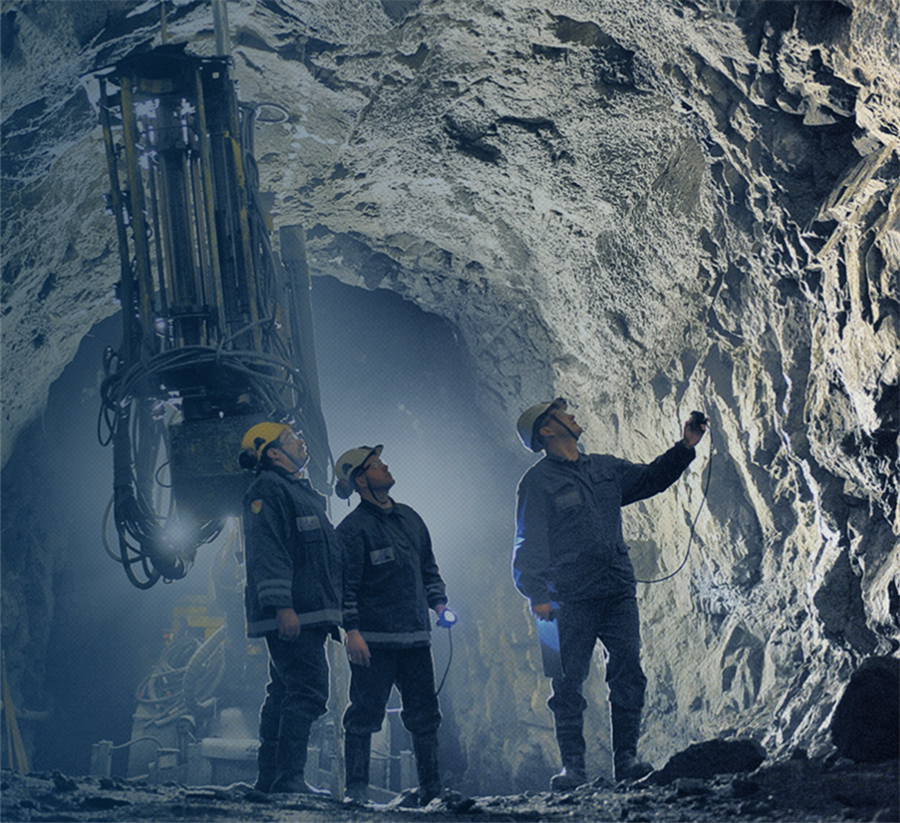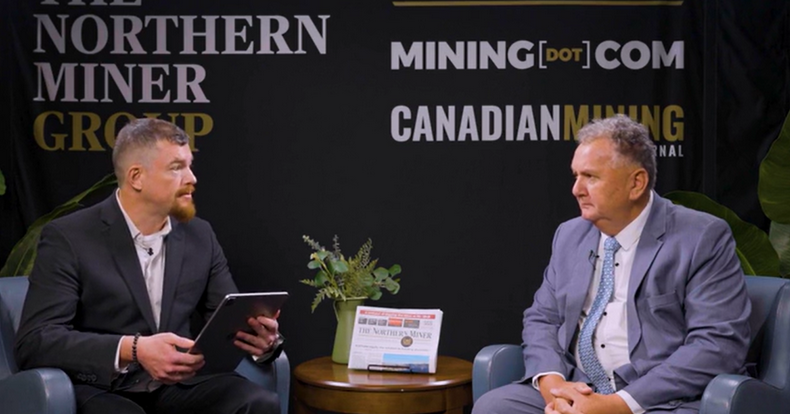EV boom drives miner’s $100 million hunt for new palladium uses

Russia’s MMC Norilsk Nickel PJSC is spending $100 million to find new uses for palladium as the electric-vehicle boom threatens the metal’s crucial catalytic converter market.
Nornickel, which mines about 40% of the world’s palladium, will invest the money through 2030 at its research and development center that works on new products that can be brought to the market. They include projects in the hydrogen, solar power and chemical sectors.
Roughly 80% of all palladium ends up in autocatalysts that curb emissions, but the metal’s future is being challenged by the rise of EVs that don’t need the pollution-controlling devices. Worsening demand prospects — both in the short and long term — have helped pull prices down about 70% from last year’s record to near the lowest since 2018.
“The production of electric cars will grow, signaling that the niche for palladium in this area will keep declining,” Dmitry Izotov, Nornickel’s head of new product development, said in interview during the COP28 climate summit in Dubai.
Nornickel’s new product development center employs 50 people and is expanding, including by building a new research laboratory in Russia, Izotov said. The center is already working on 20 projects that may create new markets for 40 tons (1.3 million ounces) of palladium by 2030, he said. That’s equal to about 14% of current global production.
Two new potential products — where palladium is used as a catalyst in hydrogen power systems — are at the pilot test stage in China, Izotov said. The center is also working on a prototype to use the metal in a solar power cell, with the first results expected by the end of next year.
It’s also testing palladium’s usage as a catalyst for the synthesis of acids for biodegradable packaging, as an electrode for disinfecting water, and in the cosmetics industry.
The miner hopes “to find a sort of a big elephant for palladium, the same as catalytic converters became at one time,” Izotov said.
More News
Kinross buys 9.9% stake in Nevada-focused Eminent Gold
Eminent Gold currently has three gold exploration projects in Nevada.
April 07, 2025 | 03:21 pm
PDAC JV video: New Zealand aims to fast-track mining
New processes are to help the island nation develop its gold, coal and rare earth minerals while respecting Indigenous rights, says resources minister.
April 07, 2025 | 02:55 pm
US discusses tariffs, critical minerals with Pakistan
The Trump administration has also used prospects of engagement over critical minerals with others countries.
April 07, 2025 | 01:13 pm
{{ commodity.name }}
{{ post.title }}
{{ post.excerpt }}
{{ post.date }}




Comments